#Viking mythology
Text
Terp/Thorp/Wierde/Warft/Værft

Most commonly known as “Terp”, by origin a Frisian word, Terps are actually known in a few places. Hang on tight, this is a long one.
The water rich lands of Dutch provinces Zeeland/Frisia (Terp) and Groningen (Wierde) - German regions Nordfriesland and Ostfriesland (Warft) and southern Denmark (Wærft) were in need of such constructions for basic quality of life.
Because the tides could freely enter the lower lands beyond the shoreline, life was to be lived intermittently. When the land was dry, sheep could graze the salt marsh. When water rose, people would retreat to the Terp.
A Terp can be made up out of a single church or farm/house to an entire small village. Concentrations of small Terps making up a village also exist. They are often surrounded by a salt marsh rampart (Kwelderwal).
Terps were made by plaggen. The top of sandy soils was taken out in little cubes, including the vegetation. The plag was then dried and compacted and stacked on top of each other, which causes an artificial hill allowing to build on.
Terp is also the Old-Frisian word which originates the Dutch word for village. Frisian culture allowed to spread because of their specialization in sheep’s wool. With most agricultural crops not being suited for salt marshes, and with the land flooded half of the day, lots of time was spent in producing high quality and highly sought after wool. This made the Frisians and especially the Terp people very rich, as seen in treasures, burials and clerical art.
Lots of Terps have been destroyed for peat mining or lost after abandonment.
Image above: Hogebeintum (Hegebeintum (Frisian), formerly known as Westerbintheim).
The largest known Terp in the Netherlands and Germany with 8,80 m above sea level.
Central is the church, on the right the historic village, the sheep pastures during floods and the encircling salt march rampart. Everything outside the rampart used to flood.
#frankish#merovingian#viking archaeology#archaeology#carolingian#charlemagne#field archaeology#viking mythology#merovingian archaeology#germanic mythology#norse mythology#anglo saxon#viking#field archaeologist#frisian#odin#vikings#germanic#germanic folklore#germanic archaeology#wodan#anglo saxon archaeology#history#jewelry#norse
20 notes
·
View notes
Text

ᛚᛟᚷᚾ ᚺᚢᚷᚱ
(logn hugr - steady mind)
I deciced to get the same tattoo as Astreus from God of War. I absolutely adored gow 4, but gow Ragnarök made me love this character even more. One of the best games I’ve ever played.
#own#witchcraft#witch#pagan#paganism#runes#futhark runes#futhark#atreus#kratos#god of war#god of war ragnarok#heathen#nordic runes#viking runes#viking mythology#viking#viking tattoo#norse#norse paganism#norse runes
957 notes
·
View notes
Text

Under the Sign of the Black Mark (Bathory) cover art by Dávid Glomba
#Bathory#Dávid Glomba#Under the Sign of the Black Mark#cover art#art#illustration#painting#details#detail#artwork#viking#viking metal#viking mythology
172 notes
·
View notes
Text

Rescued from Pinterest.
#myth loki#loki#loki laufeyson#sleipnir's mom#svaðilfarir#norse mythology#scandinavian mythology#old norse#paganism#vikings#viking#viking mythology#mythology and folklore#asatru#sleipnir
30 notes
·
View notes
Text


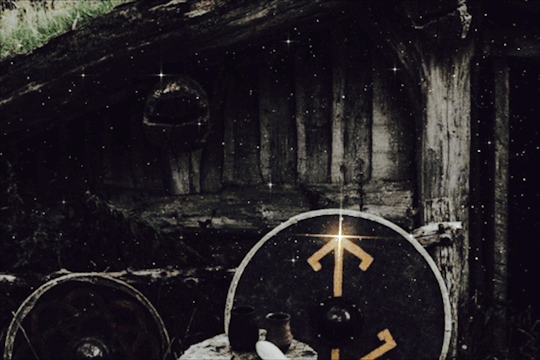



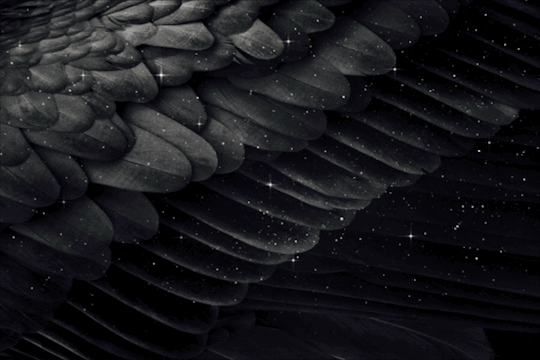

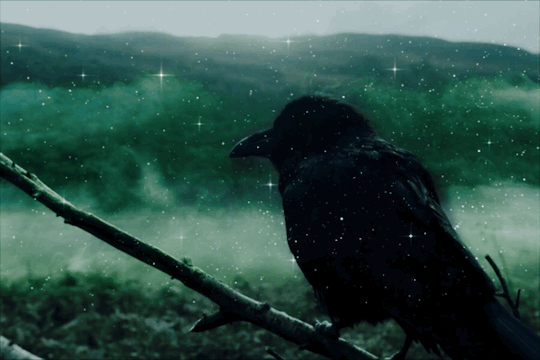
🖤Raven Vikings Blood 🖤
#gifs(edits) made by me :)#assassin1513#mystical#mystic#raven#the raven#raven black#bird raven#raven bird#wings#wing#black wings#black bird#viking#vikings#viking aesthetic#viking mythology#folk magic#folklore#folk#fairy folk#dark#hiking#folktales#fairy#dark fairycore#dark folk#norse mythology#norse aesthetic#norse folklore
131 notes
·
View notes
Text

We're down to the final stretch for the Kickstarter campaign! If you'd like to reserve your copy of the illuminated Beowulf book or any of the other rewards, please head over to the link below and lock yours in before Sunday noon.
#medieval#illumination#calligraphy#leatherbound#celtic art#celtic#norse#knotwork#viking#fantasy#viking mythology#fantasy art
36 notes
·
View notes
Text
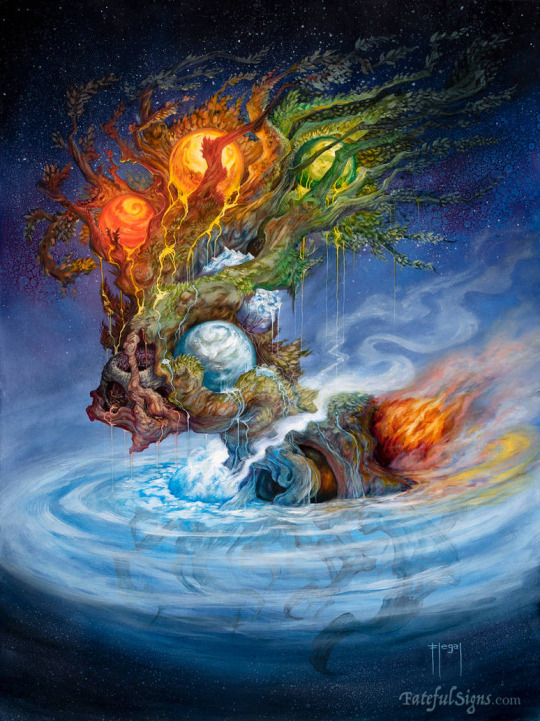
Worlds Beginning🌳🪐♾️
By:
https://www.deviantart.com/samflegal/gallery
#yggdrasil#fantasy#digital art#digital painting#deviantart#fantasy art#viking art#norse art#norse religion#paganism#pagan art#world tree#viking aesthetic#viking mythology#norse mythology#Norse myth
67 notes
·
View notes
Text
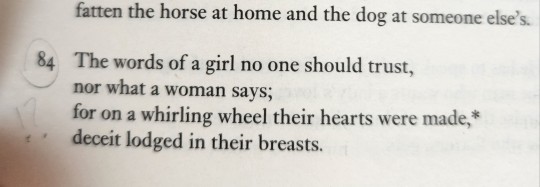
odin is an incel exposed
(Stanza 84 from Sayings of the High One in the Poetic Edda)
#studyblr#vikings#viking history#viking mythology#mythology#poetic edda#the poetic edda#norse myths#norse mythology#sayings of the high one#odin#woden#odinn
42 notes
·
View notes
Text

"Hodr"
For more like this please visit my Etsy store :)
https://jessgoulder.etsy.com
#hodr#norse myth#norse#norse pantheon#norse gods#norse mythology#norse paganism#heathen#norse heathen#heathenry#heathenism#viking mythology#vikings#scandinavian mythology#greek mythology#winter
11 notes
·
View notes
Text
Birka’s warrior woman
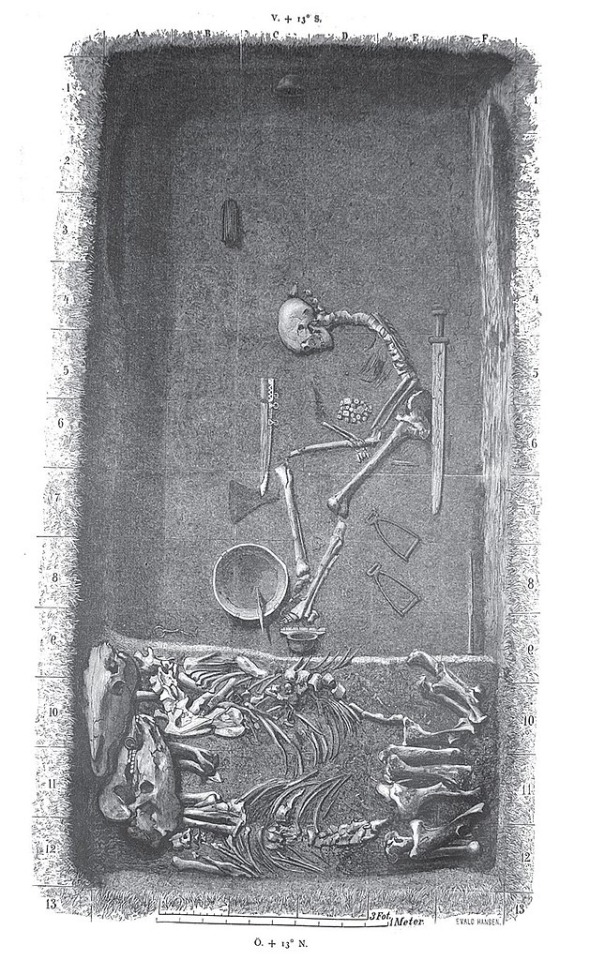
This grave was found on Birka (Björko) in 1878. The grave contained human remains, remains from two horses, bowls, weaponry, a shield(boss), a chess game and saddle stirrups. The burial room was built in wood. Most likely the person was buried seated, with the bones collapsing on themselves. Some remains of textile were found.
The assumption that the person was a man was quickly made and the “high status burial of a Viking warrior” was often cited in research.
It would take until 2017 when both osteological and genetic testing proved the person was in fact a woman. To this day it is the only genetically and archaeologically proven female warrior from the Viking age.
The reason I say genetically AND archaeologically is because it is assumed that gender was a very loose concept in the Germanic age. Biological gender wasn’t necessarily denied, but there are indications that people would take on “the role” of the other gender. A woman could “step up” as a man’s son, as seen in blood feud tales where the patriarch is killed, but if there is no son to avenge him, a woman would “take up the role” and set out, armed for revenge.
Biologically male individuals have been found with “female” attributes such as beads, pendants and certain decoration styles.
From the limited amount of research there is, it seems possible that cross-dressing, gender fluidity and gender role exchange were very normal before mass christianization.
Excavated by: Hjalmar Stolpe
Found in: Birka, Björko, Ekerö - Sweden
Drawing by: Hjalmar Stolpe
#frankish#merovingian#viking archaeology#archaeology#carolingian#charlemagne#field archaeology#viking mythology#merovingian archaeology#germanic mythology#valkyrie#Walküre#Wagner#richard wagner#norse mythology#anglo saxon#field archaeologist#frisian#viking#vikings#germanic#germanic folklore#germanic archaeology#odin#wodan#anglo saxon archaeology#history#jewelry#norse
293 notes
·
View notes
Text

#I finally found a Thor statue good enough for my altar#own#altar#pagan altar#thor#thórr#norse gods#nordic gods#viking gods#norse#nordic#viking#runes#norse mythology#nordic mythology#viking mythology#pagan#paganism#norse paganism#viking runes#norse pagan witch#witchcraft#witch#witches#paganblr#deity work#deity worship#asatru#asatruar
102 notes
·
View notes
Text

I love the implications of this throwaway line in Loki Season 2.
#loki season 2#marvel loki#baldr#death of baldur#mobius#loki series#marvel mcu#mcu thor#mcu odin#myth loki#loki#norse mythology#scandinavian mythology#viking mythology#old norse#paganism#asatru#vikings#viking#poetic edda
16 notes
·
View notes
Text
Take my uQuiz and find out which Norse God you are 🛡️⚔️
#uquiz#norse mythology#mythology#norse gods#gods#nordic#nordic mythology#god of war#vikings#viking mythology
58 notes
·
View notes
Text
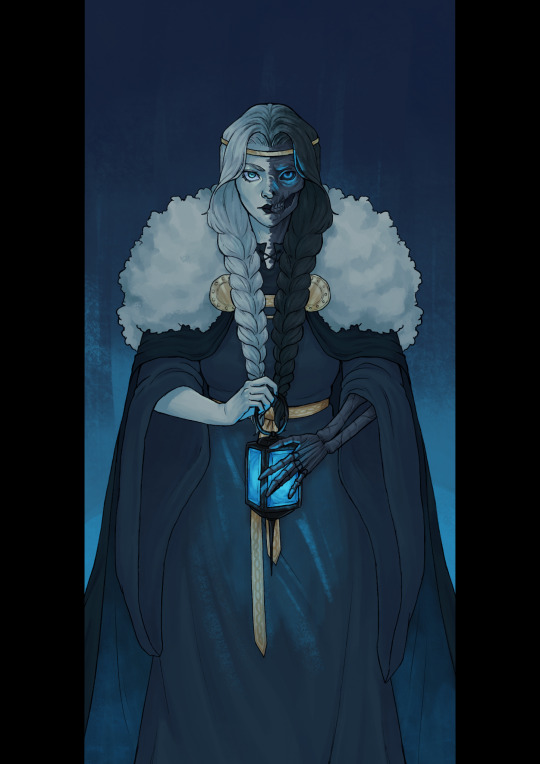
Hel - Nordic goddess of death
#tizel art#my art#digital art#illustration#nordic mythology#viking mythology#hel#nordic gods#nordic goddess
100 notes
·
View notes

